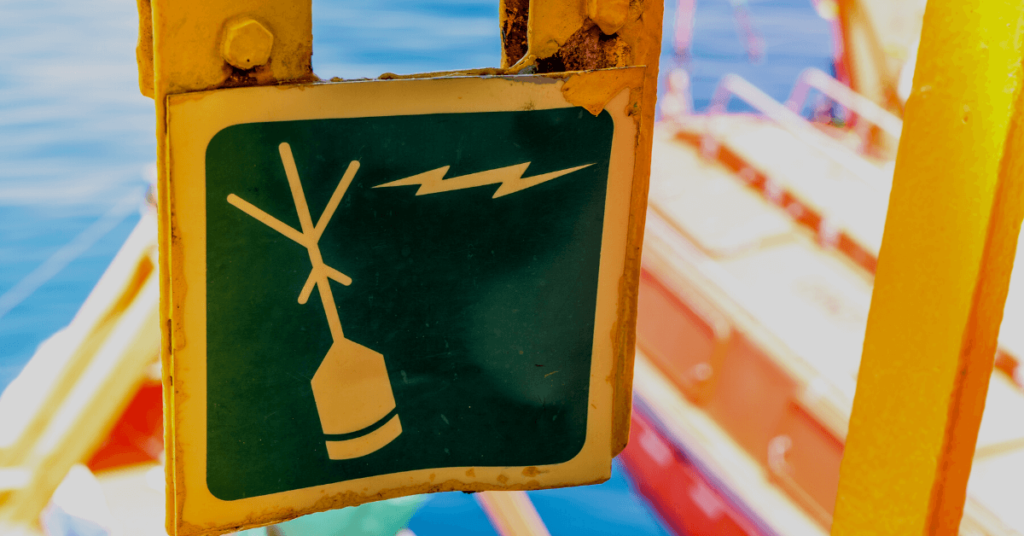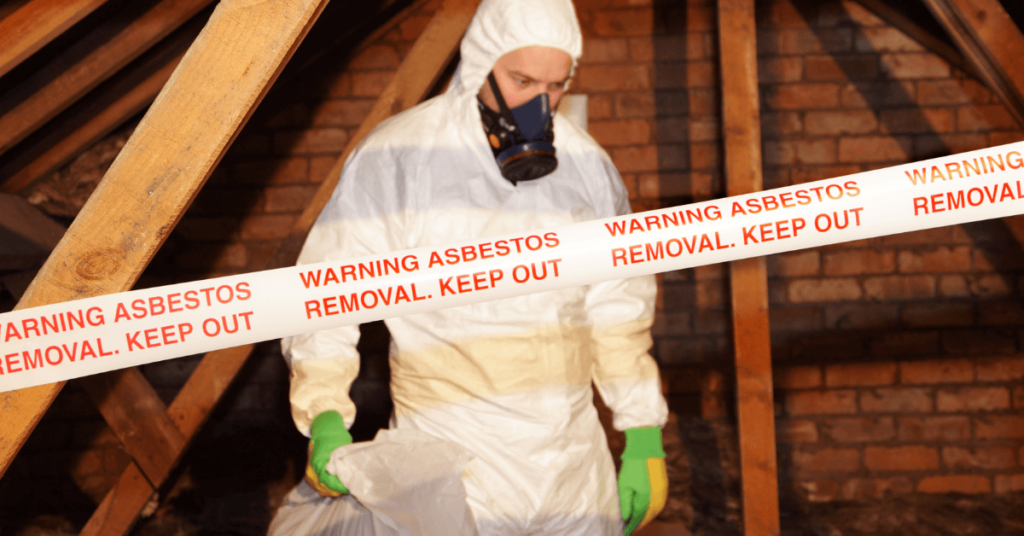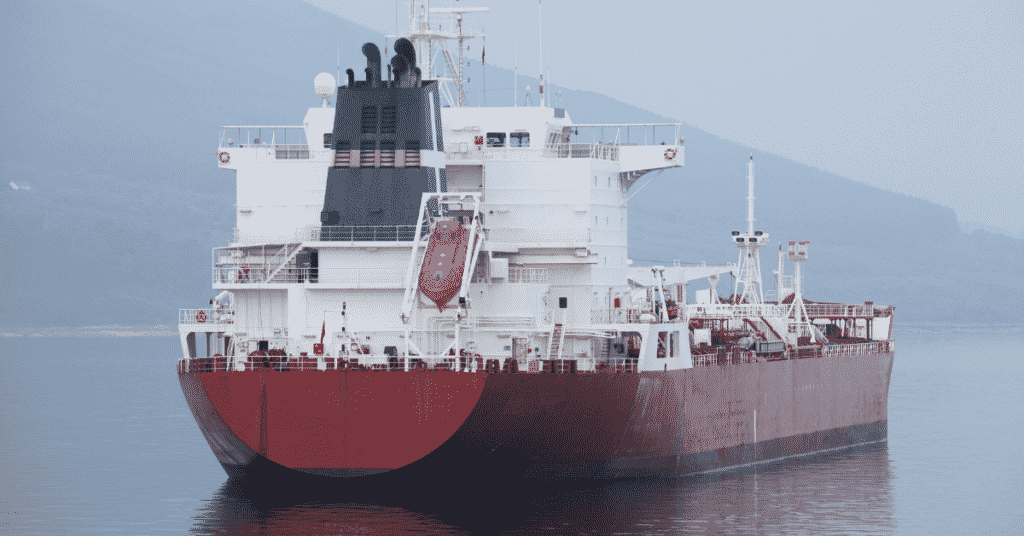CO2 fixed fire fighting system is the last resort available on board ships for fighting major engine room or compartment space fires. The requirement for CO2 fire extinguishing is to discharge 85% of CO2 gas in the fire affected space within 2 minutes in the engine room and 10 minutes in the cargo holds. This means that there is no time to refer to the manuals or understand the CO2 system during emergency situations. Needless to say, any mistake while operating the CO2 system can lead to devastating situation.
It is the duty of ship management officers to ensure that all crew members know the exact location of the system and correct procedure for operation of the CO2 System.
Following are the most common mistakes that take place while operating CO2 system and those which mariners should never make:
1. Unfamiliar with the System: The CO2 room comprises of CO2 bottle banks segregated for engine room and cargo holds. Not knowing which bank is dedicated to which area may cause confusions and delay during emergency.
2. Wrong Operating Procedure: The Co2 system comprises of many valves and levers which need to be operated in a sequential manner. The crew must know the correct order of operating the valves which includes activation of alarm , operation of pilot bottle and opening of the correct location for discharge of CO2 gas.
3. Not Checking the Pipes for Corrosion: The CO2 gas is carried to various compartments of the ship via small pipelines. These pipelines must be checked for corrosion and damage, for in emergency if the correct quantity of gas is not reached due to leakage, the fire will not be suppressed.
4. Improper Tightening After Maintenance: If the pipe connections, bottle connections or links which operates the CO2 bottles are not tightened properly after maintenance, CO2 system will not operate or will not be effective for suppressing the fire.
5. Not Performing Leak Test and Level Measurement: Leak test of the complete system to be performed at designated interval by responsible ship officer. Any detection of leak to be immediately rectified. Level measurement is another important procedure to be performed at regular intervals with CO2 bottle level measuring instrument. Avoidance of these procedure will lead to less amount of CO2 reaching the affected compartment which will not suppress the fire.
6. Not Blowing Out Water from the Line: As the ship sails in varying temperature zones, the pipes tend to accumulate condensed water which leads to blockage of the line and corrosion. It is important to clear the lines by blowing it with pressurized air at regular intervals of time.
7. Failure of Sealing the Concerned Compartment: The CO2 gas suppresses the oxygen in the compartment. The system can work very effectively when the compartment is properly sealed. It is important to find time to properly seal the compartment before releasing the CO2 gas as failure to do so will lead to improper fire suppression and once CO2 is released, the system cannot be stopped until fully discharged.
8. Not Informing Fellow Crew While Testing/Operating the System: Fatal Incidents have been reported of crew members getting trapped in the compartment while CO2 has been released, leading to suffocation and death. Before testing or operating the CO2 system, all crew members must be informed of the same and remove all from the compartment.
These are some of the important points to remember while handling CO2 fire fighting system. Do you know of any other important points? Let us know in the comments below.
Latest Ship Safety Articles You Would Like:
Subscribe To Our Newsletters
By subscribing, you agree to our Privacy Policy and may receive occasional deal communications; you can unsubscribe anytime.
Related Posts























Dear sir,Thanks for providing very useful information where everyone must know.
Really useful. Thanks for the details.
İt is really usefull thanks
thanks for the knowledge
Good Day ! I would like to notify some additional point, as follow:
1. CO2 release cabinet point must be kept always accessible;
2. CO2 bottles/cylinders room must be equipped with special hanging scale to weighing them in regular interval / class survey intervals
3. CO2 room must have exhaust fan and its switch must be outside of the room
Thanks !
– Study the manual and discuss the work to be carried out with more technical persons
– Always ventilate the Co2 room after opening the door, wait before entering the Co2 room
– Co2 is heavier then air so if Co2 has escaped it will be most likely on the bottom
– Never ever work alone in a Co2 room
– Keep an EEBD or BA set at hand for each person working in the Co2 room.
– When you have to work on a row of cylinders, disconnect them by taking out the pilot loop from the beginnng and the en dof the cylinder row, this will prevent the whole system to be released in case of an accident.
– Some Japanese Co2 installations can release themselves when pressurizing the manifold NEVER try to pressurize a manifold for blowing compressed air with a Japanese system; hire a specialist.
– If in doubt DO NOT TOUCH !
KINDLY LET ME KNOW HOW A CHIEF ENGINEER ASCERTAIN THAT 85% OF CARBONDIOXIDE HAS BEEN DISCHARGED IN ENGINE ROOM?
Good day All
Just i would like to mention from my experience one study case that operator has to make sure that he close the vent valve on the line other wise all the CO2 will go to the atmosphere.
The above article was very useful.thanks for your kind effort in bringing this article in limelight.I also want to share few article in this website .Sir can you guide me what is the procedure to write a blog in here ?
how will u ascertain that 85%co2 is realeased?
If somebody is not present during muster, then what to? Suppose master told 4th engineer to go for check? Should i go?
@suman: It depends on the type of emergency. If you feel that going back to the accommodation alone can risk your life, you can ask for assistance.
@ prabir das.
GD morning .
U HV explain very much in professionally thanks.there is end of learning we learned every day.such your comments.
My question is normally delay cylinder valve is must be open conditions.pl update me.
pdas.cgs@gmail.com.
what happens when one co2 bottle leaks in co2 room? any safety ?